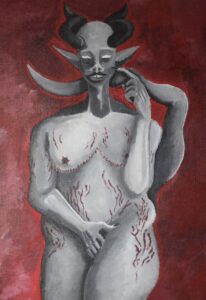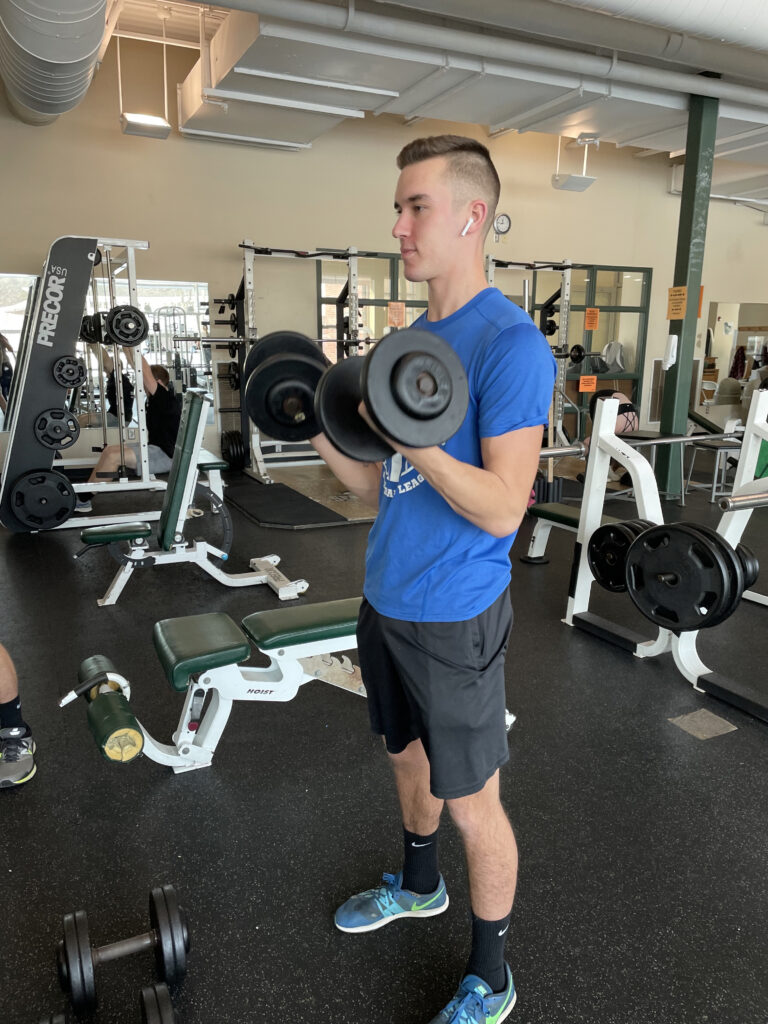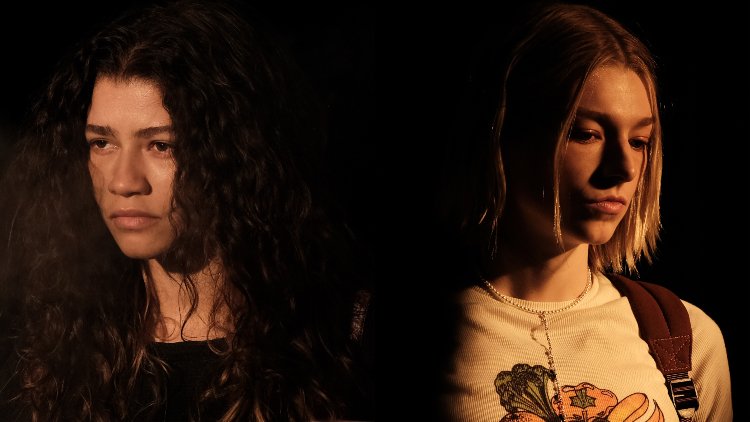Communicating through art
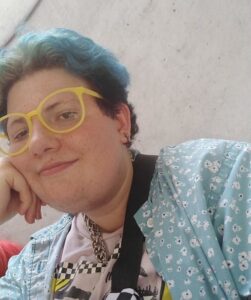
Jasper Lynch is an artist, student, and aspiring art educator.
What started out as doodling as a child has evolved into powerful and thought-provoking pieces.
“Most of the stuff I made was focused on the shows I used to enjoy but now the works I make are more personal,” he said.
The artist’s more recent pieces cover topics about anxiety, gender, and perseverance.
The piece, Devil, which is acrylic on canvas, was inspired by a tryptic painting Lynch made in high school. The painting shows a depiction of the Devil painted in grey tones that contrasts against a deep red background. But this piece is much more than what it seems, as it is about gender.
“When I make art that focuses on gender, I like to try to make the viewers uncomfortable, similar to the way that I sometimes feel,” he said, “The shy yet playful pose combined with the nude figure plays on the fake it ‘till you make it, a feeling that most trans people have to deal with to survive.”
Lynch makes art for several reasons, but one is to communicate his experiences with his audience.
“I sometimes have a hard time putting my thoughts and feelings into words and I like being able to use art as a way to describe how I feel. I think that the visual and textured language of art is something most people can understand,” he said.
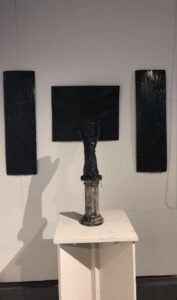
Lynch is now reaching for hot glue instead of his preferred medium, acrylic paint.
Inspired by a conversation with his roommate, Lynch created four pieces about anxiety using glue.
“I figured that building up many layers of hot glue would be a great way to give many dimensions to the piece,” he said.
Lynch said that the nonfigurative and abstract style allowed him to represent a more concentrated feeling of anxiety.
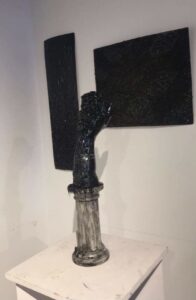
Two of these pieces are titled, “Is This What We’re Calling Rock Bottom?” and “Things Are Getting Out of Hand,” which are inspired by a conversation he had with his roommates about their semester.
And for Lynch, art is much more than what the viewer sees, “I think that the things we create don’t necessarily stop at the canvas but include the conversation that viewers have about the art as well,” he said.
